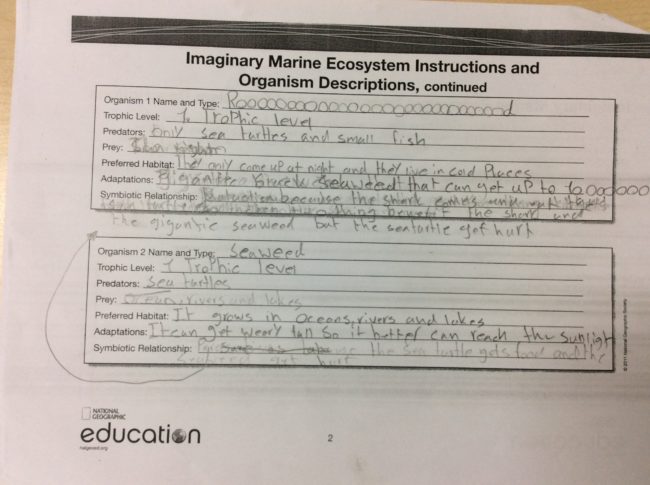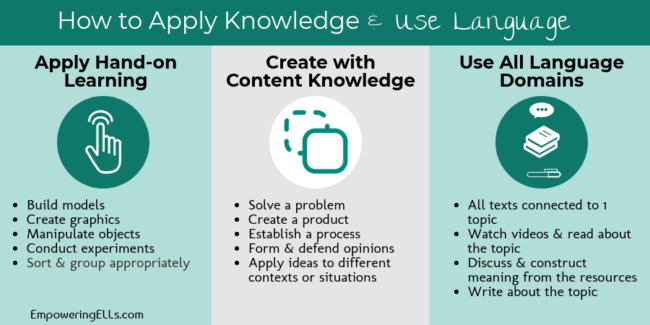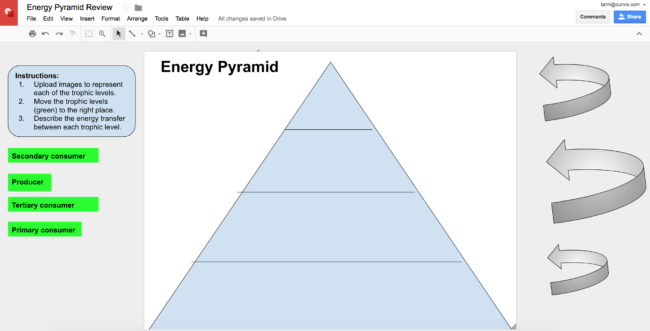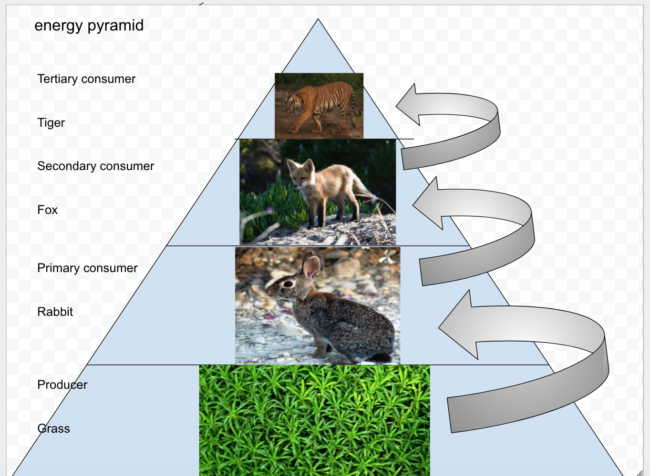In well-intentioned but low-quality programs for English learners (ELs), we often see ELs memorizing information and passively rewriting facts. Rarely are they asked to apply what they know. However, we can design learning experiences so that they practice using language while applying content knowledge.
In Making Content Comprehensible for English Learners: The SIOP Model (5th Edition) (SIOP Series),
Echevarria, Vogt, and Short recommend three things teachers can do to move students from being passive learners of content to active learners who apply language skills and content knowledge:
- Provide hands-on materials and/or manipulatives for students to practice using new content knowledge
- Provide activities for students to apply content and language knowledge in the classroom
- Incorporate activities that integrate all kinds of language skills (e.g. reading, writing, listening, and speaking) (26, 2016).
Provide Hands-on Learning Materials
For many learners, not just ELs, the opportunity to manipulate objects grounds abstract mental concepts. For students who are developing their language skills, demonstrating and synthesizing understanding by manipulating things is particularly effective.
In Mr. A 7th grade school class, the students were learning about food pyramids. After directly teaching the content, Mr. A and I designed an interactive Google Drawing where students were able to manipulate the images, texts, and icons to cement their understanding of food pyramids.
We provided the key vocabulary words (e.g. tertiary consumer, producer, etc), a blank energy pyramid diagram, and a few arrows to show energy transfer.
Provide Activities for Studies to Apply Content Knowledge
An activity shifts from being passive to active when we ask ELs to create or contribute new ideas. This is also when content knowledge is applied. The Google Drawing example from above is just one example of having ELs apply science content knowledge. Mr. A and I simply asked the students to provide their own organisms for the energy pyramid which forced them to apply content knowledge.
Other forms of asking students to apply content knowledge include:
- Solving a problem
- Creating a product
- Forming an opinion
- Establishing a process
These all require ELs to use their content knowledge in different ways. For example, after having students create the Google Drawing, we also had them create their own marine food web that consisted of real and fictional organisms (mermaids, unicorn seahorses, the Kraken, and Squarespounge Bob). Students had to use their understanding of food webs and creativity to complete the task.
Students then inserted images, added texts, moved the key vocabulary words, and placed the arrows accordingly. The second image below was created by a selectively-mute EL. Though he doesn’t like to talk to show understanding, with the Google Drawing, we were able to differentiate for his needs and still offer him an opportunity to synthesize and display his content knowledge.
Incorporate Activities that Integrate Various Language Skills
Gone are the days when we had students do isolated literacy activities: read this text, compose a text, watch a video, talk about a text.
In today’s modern world, we now design activities where ELs read a text to find information about a topic, talk about their reading, watch a video related to the topic to learn other perspectives, and write about the topic. Activities like these that integrate all the language domains reinforce language development for ELs. All the language skills are used to learn content, demonstrate understanding, and think critically.
In the marine food web example above, Mr. A and I raised it to the next level by requiring students to integrate all the language domains to complete the task. First, we had students work collaboratively to create their marine food web by working as table groups. This reinforced their listening and speaking skills. After they decided on the organism to include, we had them write a brief description of it. Though reading wasn’t used, we could have had students read about marine organisms as part of the process.
In addition to developing their language skills while applying content knowledge, they also worked on their collaboration and thinking skills. Activities that integrate all the language domains naturally foster collaboration skills and critical thinking due to the need to negotiate with others to create and solve problems.

Takeaways
Due to ELs’ developing English skills, they often are expected to learn passively. This means simply regurgitating information rather than meaningfully using language to create with content knowledge. But when we design active learning experiences that require them to use language and apply content knowledge, we empower ELs to internalize content knowledge, practice all language skills, collaborate with others, and think critically.
Echevarria, J., Vogt, ME, & Short, D. (2017). Making Content Comprehensible for English Learners: The SIOP Model. Fifth Edition. New York: Pearson.
Nora, J., & EchevarriÌa, J. (2016). No more low expectations for English learners. Portsmouth, NH: Heinemann.




